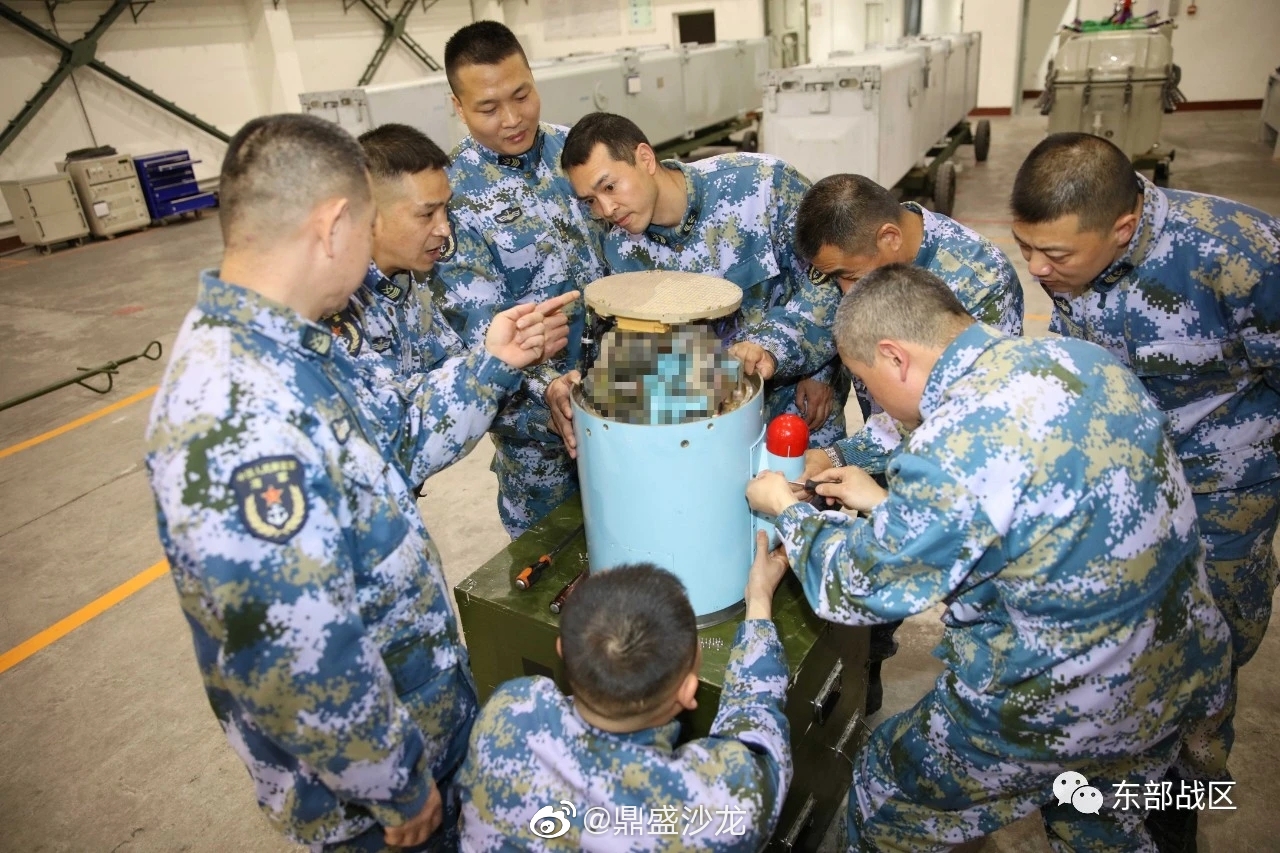For Klub missile it's really not debatable. Novator's own product promotional pamphlet says 20 km. Image of it here:
If radar is at 15 m above horizon, then at 21 km the missile might do one last radar check as it crosses the horizon IF it flies at 2 m above water surface and a kilometer later the terminal stage might get ejected. If the missile flies at different altitudes or the radar is at different heights, then the calculus changes, as we know.
All this is applicable only to the Klub variant. It is theoretically possible that the russian navy Kalibr and the chinese navy YJ18 do feature somewhat different numbers.
For one, I would speculate that the expected tactical situation of late 1980s and early 1990s, for which Klub was originally developed - is different from one YJ18 development is trying to fight in. So, an accent on greater range is possible, even if it meant compromises. For example, making the warhead smaller and with less punch. Of course, this is complete conjecture.
The rocket stage looks too huge for a mere 20km. It looks as big or bigger than a Buk missile.
In any case, based on the wiki here, the flight altitude of the missile at its terminal approach is only 4.6 meters.
By the time it appears on the horizon, assuming the detectable portions of the target ship's mast is up to 30 meters in height, an LOS appears around 31km. The sprint will have to begin as soon as it successfully locks to the ship, so that 30km to 20km trip is crucial, which is about 40 seconds during subsonic.



